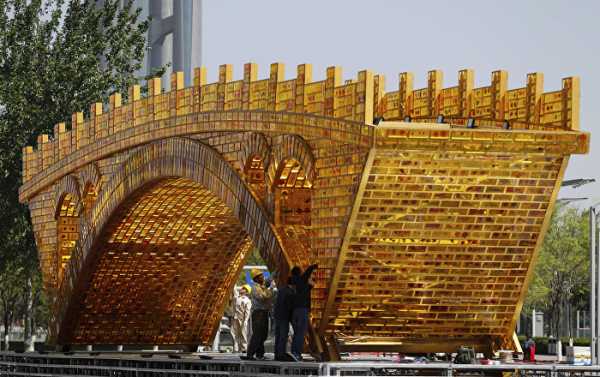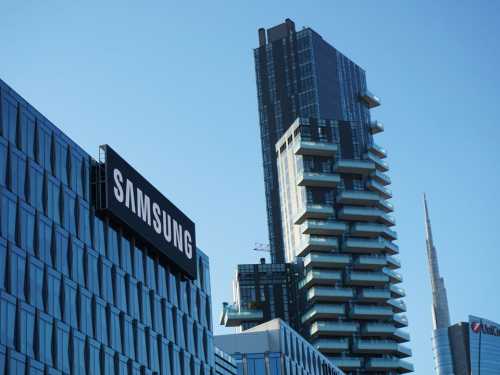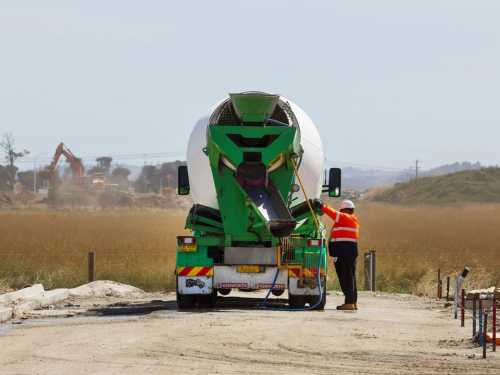
Brussels and Beijing have inked a major bilateral agreement alongside organizations and institutions to initiate a passenger train service between port cities in the Old Continent and Middle Kingdom, challenging even Russia’s Trans-Siberian Railway.
Officials from both countries signed a memorandum of understanding (MoU) in Antwerp alongside the World Free and Special Economic Federation, Brussels-based Diplomatic World magazine, and Antwerp-based European Federation of Traditional Chinese Culture (EFTCC), Xinhua reported on Friday.
The Diamond Silk Road would allow passengers to travel via rail from Antwerp to Shanghai and back, linking 10 global cities including Brussels, Moscow, Ulaanbaatar and Beijing, and creating the world’s largest free trade and manufacturing space.
Currently, only one freight rail service operates between China and Europe, travelling from the Chinese city of Chongqing to Germany’s Duisberg. Initiated in 2011, the route has surpassed 10,000 trips and serves as a vital pathway for the Silk Road Economic Belt, Xinhua stated, noting that 48 Chinese cities have connected with 42 European ones via the freight rail link since June 30.
2018 hallmarks the fifth-year anniversary of the BRI, which connects countries the Asian continent with Europe, Africa, and others via economic land and maritime corridors.
“[The] Silk Road is not only a road for the development of economies, trade and industry, but it is also a road for education and culture,” Li Jianmin, Minister-Counsellor of China’s mission to the European Union said during the signing ceremony.
“I hope the future train service between Antwerp and Shanghai will play a role for bridging Belgium and China, and all the countries along the way,” Li said.
Also attending was Ludo Van Campenhout, Antwerp vice mayor, who stated that “the old Silk Road transported goods from East to West,” adding that Belgium wanted to “do the same with the exchange of goods, culture and persons through the development of a new railway” and aimed to initiate intercultural exchange between the West and East.
“Each nation, big or small, benefits from competition. Free trade is the basis for creating wealth but also basis for well-being and peace,” he added.
Not Just China, but Japan Joining the Silk Road Railway
New Silk Route partners have gotten on board via other initiatives, with Japanese logistics company Nippon Express operating freight trains through China to Europe due to improved infrastructure.
The company plans to charter trains in February 2019, with one to two round trips per month and increase shipments weekly following successful ventures, Global Construction Review reports.
Chinese rail companies will provide the trains which will link interior cities such as Chongqing and Xian to Europe, and plans to track cargo shipments using GPS.
Such services have become more popular with the rise of e-commerce, with auto parts, LCD panels, wine, baby formula, machinery and other goods shipping between Asia and Europe, according to the Asia Nikkei Review.
Chinese Railways and Growing Demand Worldwide
Dublin-based Research and Markets published a report noting that in the first half of 2017, over 3,000 container trains operated between Asia and Europe and that cargo value increased 144 percent, increasing demand for Chinese BRI infrastructure spending.
The International Union of Railways (UIC) also estimated that China-Europe rail services will double shares of trade volumes over the next decade, the report said.
Due to rising capital costs and wages in coastal areas, “many manufacturing and production companies are relocating their plants to inland cities in China,” the report states, adding that companies like Hewitt Packard (HP) found it difficult to export products to Europe due to extensive travelling from Eastern seaboard ports.
Railroads, it added, are a viable method to reduce transit times and are partially subsidized by Chinese and European governments, with Chinese provincial governments providing roughly $300 million in subsidies for block trains from 2011 to 2016. European officials also said that new railway infrastructure promotes more environmentally-friendly land transport, the report continued.
Railway Transport and United Nations Sustainability Goals
A 2017 report from the United Nations Economic and Social Commission for Asia and the Pacific (UN-ESCAP) assessed key contributions of transport to UN Sustainable Development Goals, citing the Asian Highway and Trans-Asian Railway networks as examples.
The review states that initiatives promoting greater road and railway connectivity face constraints such as burdensome cross-border checks, primarily between least-developed and landlocked countries. The report notes that initiatives in the rail sector have demonstrated immense potential for increasing global trade, but adds that greater cooperation is needed in order to overcome “operational and physical constraints”
The Asian Highway and Trans-Asian Railway will “play a pivotal role in fostering the coordinated development of regional road and rail networks,” the report stated, highlighting that 30 governments formalized the Intergovernmental Agreement on the Asian Highway Network in July 2005 and 19 signed Intergovernmental Agreement on the Trans-Asian Railway Network in June 2009.
Sourse: sputniknews.com






